Your cart is currently empty!
Unveiling the Enchanting Black Forest Calla Lily: A Comprehensive Guide
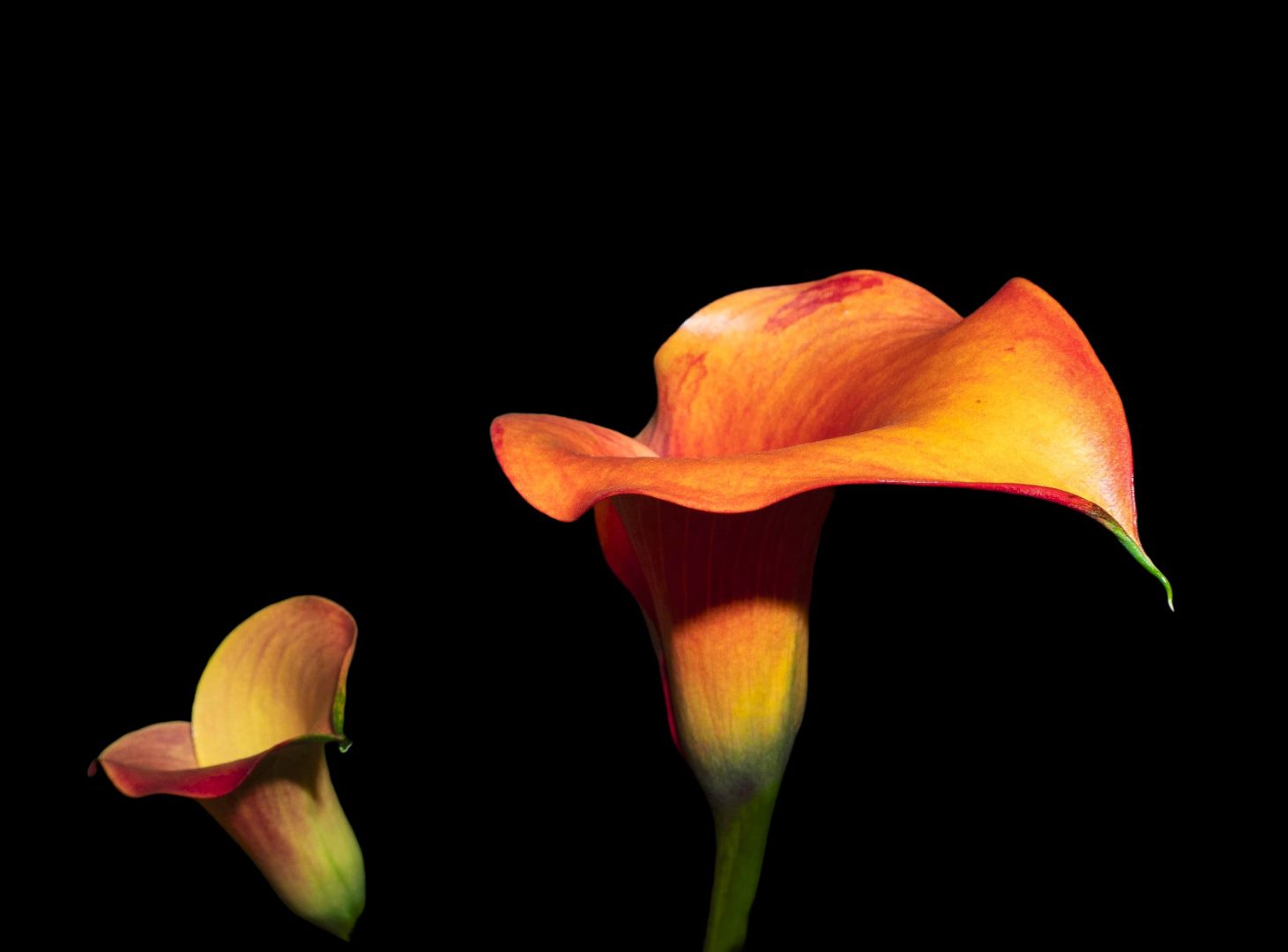
Introduction
The Black Forest calla lily, with its captivating funnel-shaped blooms and deep, mysterious hues, has captivated gardeners and flower enthusiasts alike. Its unique beauty and resilience make it a coveted addition to any garden or floral arrangement. In this comprehensive guide, we will explore the fascinating world of the Black Forest calla lily, delving into its history, cultivation, care tips, and captivating uses.
Origin and History
Originating in South Africa, the Black Forest calla lily belongs to the Araceae family, which also includes other popular calla lilies like the white calla lily and the yellow calla lily. The specific cultivar known as the Black Forest was developed by Dutch horticulturists in the 20th century, and its rich, velvety texture and deep coloration quickly made it a favorite among flower enthusiasts.
Characteristics
Blooms
The signature feature of the Black Forest calla lily is its stunning blooms, which emerge from the base of the plant as a rolled-up spathe that gradually unfurls to reveal a vibrant spadix inside. The spathe, which resembles a large funnel or trumpet, is typically a deep, rich purple or black color, with a velvety texture that exudes an air of elegance and mystery. The spadix, located at the heart of the bloom, contrasts beautifully with the spathe and typically displays a golden yellow hue.
Foliage
Complementing the captivating blooms, the Black Forest calla lily boasts lush, arrowhead-shaped foliage that emerges from the base of the plant. These leaves are dark green in color, with a glossy sheen and prominent veins that add depth and interest to the overall appearance. The foliage forms a dense clump around the base of the plant, creating a striking contrast with the upright blooms.
Growth Habit
Black Forest calla lilies typically grow between 12 and 24 inches in height, with a similar spread. They are known for their sturdy stems and upright growth habit, making them ideal for both garden beds and containers. The plants have a moderate growth rate and can spread over time to form dense clumps, adding a touch of elegance and drama to any garden.
Hardiness
One of the key benefits of the Black Forest calla lily is its hardiness. These plants belong to USDA hardiness zones 8-10, but with proper care, they can also be grown in cooler climates as annuals. When grown in colder regions, it is advisable to provide protection during the winter months to prevent frost damage.
Cultivation
Planting
Black Forest calla lilies prefer well-drained soil that is rich in organic matter. They thrive in full sun to partial shade and appreciate consistent moisture. When planting, dig a hole twice the width of the root ball and deep enough to accommodate the entire root system. Place the plant in the hole, backfill with soil, and water thoroughly. Space plants 12-18 inches apart to allow for proper growth and air circulation.
Watering
Black Forest calla lilies require regular watering, especially during the hot summer months. Water deeply and allow the soil to dry out slightly between waterings. Avoid overwatering, as this can lead to root rot. During the cooler months, reduce watering frequency and allow the soil to dry out more thoroughly.
Fertilizing
Feed Black Forest calla lilies every 2-3 weeks with a balanced liquid fertilizer. Choose a fertilizer specifically designed for flowering plants, and follow the instructions on the label for proper application. Regular fertilization helps promote healthy growth and abundant blooms.
Mulching
Mulching around Black Forest calla lilies is beneficial for retaining moisture, suppressing weeds, and regulating soil temperature. Use organic mulch, such as shredded bark or compost, and spread it around the base of the plants, keeping it a few inches away from the stems.
Care Tips
Diseases and Pests
Black Forest calla lilies are generally resistant to diseases and pests, but they can occasionally be affected by aphids, snails, or slugs. To prevent infestations, keep the garden clean and free of debris, and avoid overwatering. If pests do appear, use appropriate insecticidal or organic control methods to eliminate them.
Winter Care
In colder regions, Black Forest calla lilies may need protection during the winter months. After the foliage has died back, dig up the corms and store them in a cool, dry place until spring. Alternatively, in milder climates, you can leave the corms in the ground and cover them with a thick layer of mulch for winter protection.
Uses
Garden Decor
Black Forest calla lilies are versatile plants that can add a touch of elegance and drama to any garden. They are perfect for borders, containers, and ponds. Their tall, upright stems and dark, velvety blooms create a striking contrast with other plants, making them a focal point in any garden design.
Floral Arrangements
The captivating blooms of Black Forest calla lilies make them popular choices for floral arrangements. Their long-lasting nature and unique appearance add a touch of sophistication to bouquets and centerpieces. Whether used as single stems or combined with other flowers, they create a memorable and eye-catching display.
Wedding Bouquets
With their rich, deep hues and elegant blooms, Black Forest calla lilies are a sought-after choice for wedding bouquets. Their long, graceful stems make them ideal for cascading bouquets, adding a touch of romance and sophistication to the bride’s ensemble.
Conclusion
The Black Forest calla lily, with its captivating blooms, unique foliage, and resilient nature, is a true gem for any garden. Whether you are a seasoned gardener or a flower enthusiast, this extraordinary plant will captivate your senses and add a touch of elegance to your surroundings. Embrace the beauty and versatility of the Black Forest calla lily, and enjoy its enchanting presence in your garden or floral arrangements.


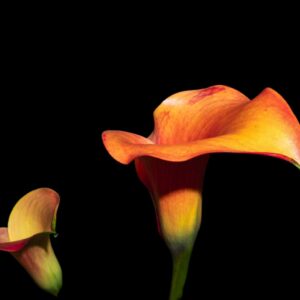
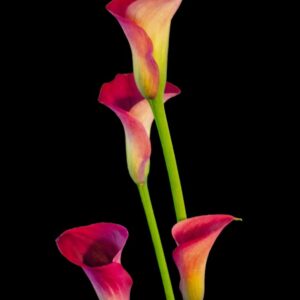
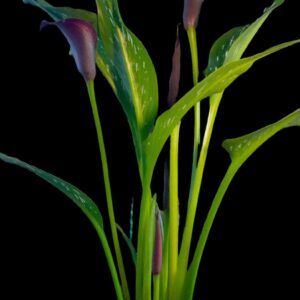

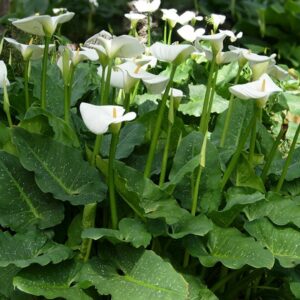
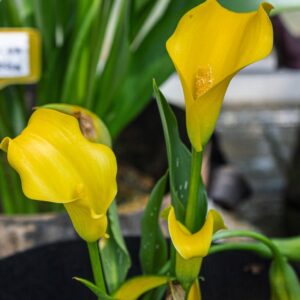
Leave a Reply